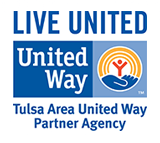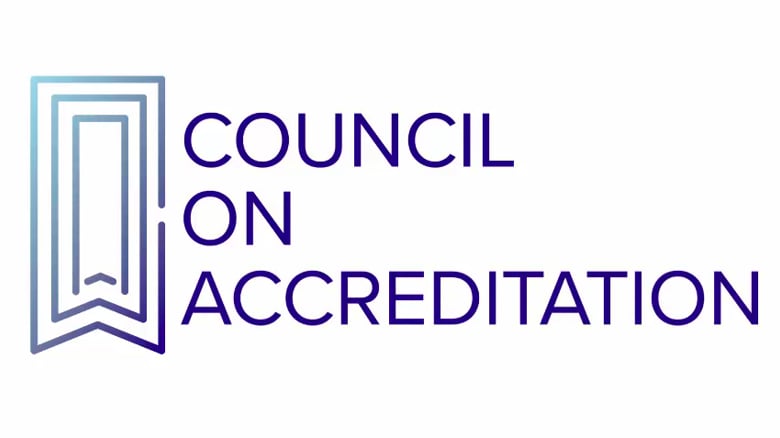Parent Discussion Guide for “Rescue or Report”:
Ask Your Child After Viewing Rescue or Report:
1. Why was Mel sad and anxious at the beginning of the puppet show?
2. How did Mel feel about her friend Brenda getting bullied all the time?
3. Do you think Mel really cared about Brenda? How can you tell?
4. Mel said bystanders can walk away or get involved when they see bullying. How could walking away or getting involved work to make things better?
5. If you saw a kid getting bullied, what do you think you would do?
Parents, you can also say:
No one deserves to be bullied but, unfortunately, the opportunity for people to bully others will always be present. By learning how we can help others who are being bullied we can make a big difference. Remember-bullying is not a problem that can be solved with your fists. Kids who are bystanders can help out by “rescuing” the person being bullied or “reporting” the incident to an adult. If bullying happens at school, talk to your teacher or counselor about it immediately. You also need to share about what happened once you get home. Remember, when reporting, it’s important that the following questions are answered: Who was involved? What was happening? Where did it occur? And when did it occur?
A Special Note For Parents about Bullying :
Bullying is a complex issue that cannot be solved by a single rule or regulation. Our goal is to give you and your child the necessary tools and knowledge to:
1. Prevent bullying before it even happens.
2. Effectively address bullying behaviors as they happen.
3. Report bullying behaviors appropriately.
This show explores how bullying can affect children and their relationships with others. It emphasizes the roles and responsibilities everyone has in stopping bullying in their schools and communities.
According to StopBullying.gov
-
- Bullying is unwanted, aggressive behavior among school-aged children that involves a real or perceived power imbalance. The behavior is repeated, or has the potential to be repeated, over time.
- An Imbalance of Power: kids who bully use their power – such as physical strength, access to embarrassing information, or popularity – to control or harm others. Power imbalances can change over time and in different situations, even if they involve the same people.
-
- Repetition: bullying behaviors happen more than once or have the potential to happen more than once.
· Verbal bullying is saying or writing mean things.
– Strategies for handling verbal bullying:
Firmly and politely asking them to stop.
Ignore the antagonizing and respond with a compliment. “Kill ‘em with kindness.”
Simply walk away.
Depending on the circumstances, making a joke can diffuse the situation.
· Social bullying, sometimes referred to as relational bullying, involves hurting someone’s reputation or relationships.
-Strategies for handling social bullying:
Parents reminding their child that they’re not alone.
Speaking with the person engaging in relational bullying to clear up and potential misunderstandings.
· Physical bullying involves hurting a person’s body or possessions.
-Strategies for handling physical bullying:
Reminder! Most incidences of physical bullying could be considered assault and battery – which is illegal.
Removing yourself from the situation as quickly as possible.
Important note – concerns over physical safety should be treated differently than concerns of non-physical bullying.
· Cyberbullying is bullying that takes place over digital devices like cell phones, computers, and tablets.
-Strategies for handling cyberbullying:
Don’t respond to someone cyberbullying – this is what they want.
Take a screenshot or picture if possible.
Block or ignore the offending user.
Discuss incident with parents or caregivers.
Important note: Regardless of bullying type, it’s important to report incidences of bullying to the appropriate person – such as the school counselor, teacher, etc. A child’s response to a bullying situation is just as important as that child’s support system’s response.
· Report Bullying in Oklahoma: Oklahoma School Security Institute Tipline Report
Answer these 4 questions as best as you can when reporting:
Who was engaged in this behavior and was anyone else present?
What was happening?
Where did it occur?
When did it occur?





